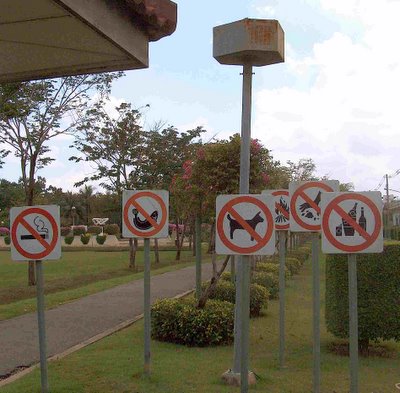Noise Maps
 A noise map is a method of showing noise levels in a city area. Parisians identified noise as the main problem affecting their lives and a special institute was set up to tackle the problem. One of the initiatives of the Institute was to construct a noise map of the whole city where different noise levels are portrayed in different colours. Using the map you can discover the noise levels in parts of the city where you live, work, or travel through. You can inspect the noise level in an area where you might consider living or working.
A noise map is a method of showing noise levels in a city area. Parisians identified noise as the main problem affecting their lives and a special institute was set up to tackle the problem. One of the initiatives of the Institute was to construct a noise map of the whole city where different noise levels are portrayed in different colours. Using the map you can discover the noise levels in parts of the city where you live, work, or travel through. You can inspect the noise level in an area where you might consider living or working.More recently London has published a noise map; the area in the image above is a small sample. Highest noise is the deep blue along roads, lowest noise is brown with other colours showing intermediate levels. On the actual map, which can be accessed on the Internet, the names of roads appear as the mouse pointer moves over them.
The London map makers provide the following explanation:
“Noise maps will help to establish the existing baseline so that we will be able to measure the effectiveness of future initiatives to control noise. They will also let us see in an understandable and visual way how noise spreads from roads and into residential areas. They will help us to see how different types of building layout can affect the spread of noise, the havens of quiet that already exist within the city, and how careful planning could create more of them. Noise maps will help non-specialists develop a more intuitive feel for how noise behaves, which will allow more people to appreciate the importance of planning and designing against noise and to let them become involved in the process. They will also give experts the tools to refine designs for maximum benefit at affordable cost.”
Construction the map is done as follows
“It’s not so much that people are actually going out there and measuring the noise. It’s getting together all of the data on traffic flows, traffic speeds, train movements, aircraft movements, perhaps some noise measurements around industrial sites. And then the software is used to calculate how that noise from the sources propagates throughout the city. Tells you how bad the problems are in cities like Birmingham and across the whole of the UK during this two-year project.”
Poor Europeans: “Well, the European Commission have estimated that around 20 percent of the population of Europe are exposed to noise levels which are, they think, unacceptable – that’s noise that was above 65 decibels. And that equates to about eighty million people across Europe, which is a significant number of the population.”
Poor Bankokians: Please give us a noise map














 The makers of noise are not only boys
The makers of noise are not only boys
